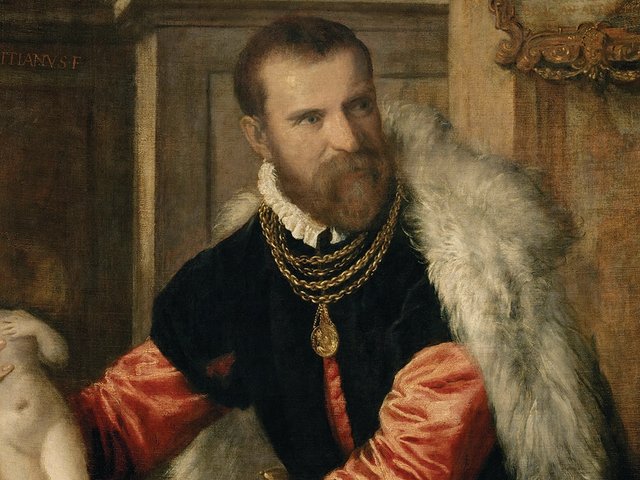With financial help from the J. Paul Getty Trust, the Warburg Institute has put the Census of Antique Art and Architecture known to the Renaissance onto a computerised video database.
The Census, which until ten years ago existed only on index cards and photographs in the Warburg’s Photographic Collection, seems to have had its origins in a project allocated by Fritz Saxl to Alfred Scharf who had come to London as a refugee from Vienna around 1935. Its purpose was to provide art historians with examples of antique sculpture that were definitely known to Renaissance artists such as Donatello and Ghiberti and influenced their work. The raw material came from such sources as Renaissance sketchbooks, engravings and travel guides and was originally limited to Antique works of art known between 1400 and the conquest of Rome by Charles V in 1527. From 1981 the Biblioteca Hertziana in Rome has contributed material from its bibliographical and photographic archives, expanding the scope of the Census through to the mid-sixteenth century and to include architecture. In 1982 the J. Paul Getty Trust came into the project to devise the necessary computer technology to create the database. This was done through the Getty Art History Information Program. It is now possible to access the database from all three of the participating institutions and call up information as well as visual images on screen simultaneously. At a symposium held at the Warburg Insitute in March to demonstrate the capabilities of the computerised census to a distinguished array of international scholars there was much enthusiasm, but there were reservations. Gaps were pinpointed which made this potentially excellent tool incomplete and hopes were fervently expressed that, as the funding from the Getty has come to an end, resources can be found to keep the system running and continued input assured. Ten years ago it was supposed that when the database was up and running it would be relatively easy to find additional funds from outside to cover the running costs. Now the financial climate is very different.
Originally appeared in The Art Newspaper as 'Access Apollo Belvedere and friends on computer now'


